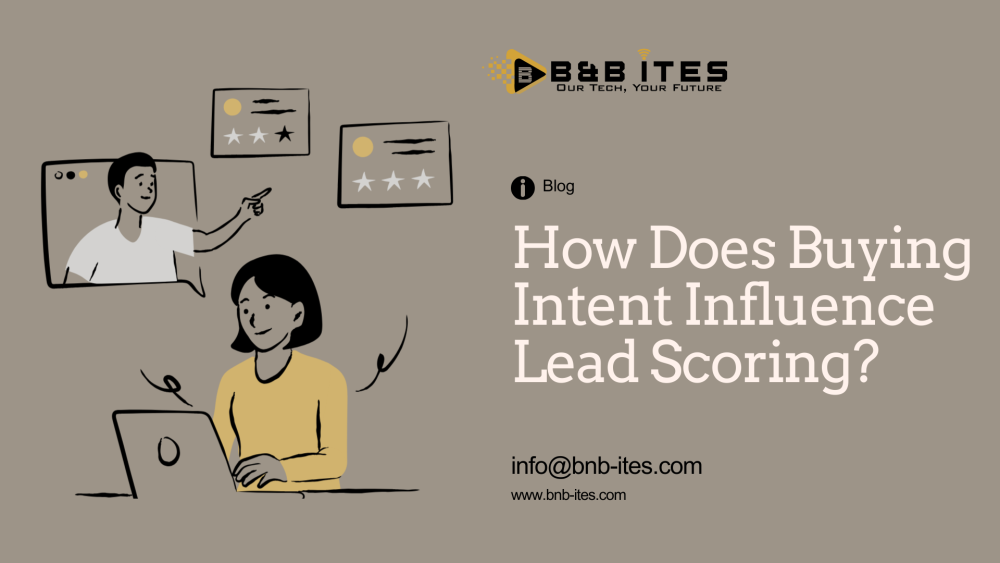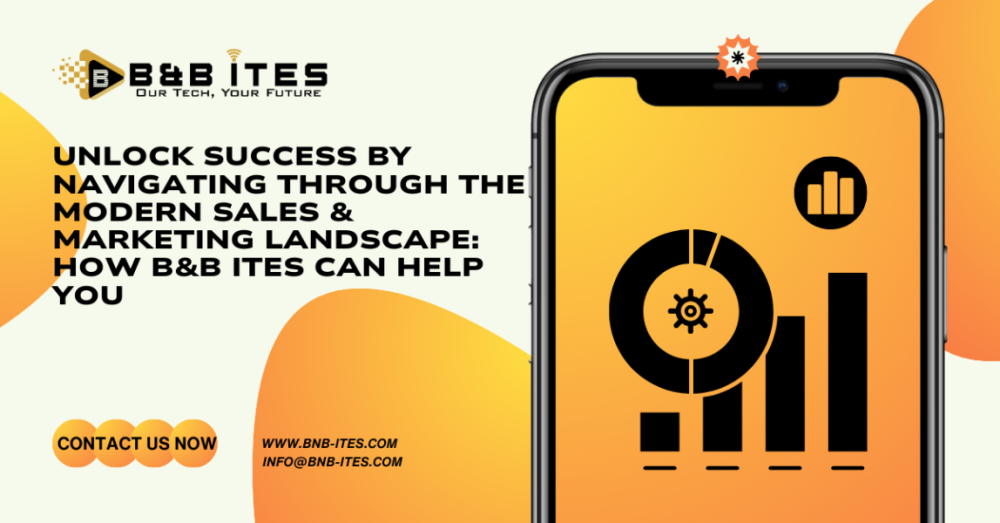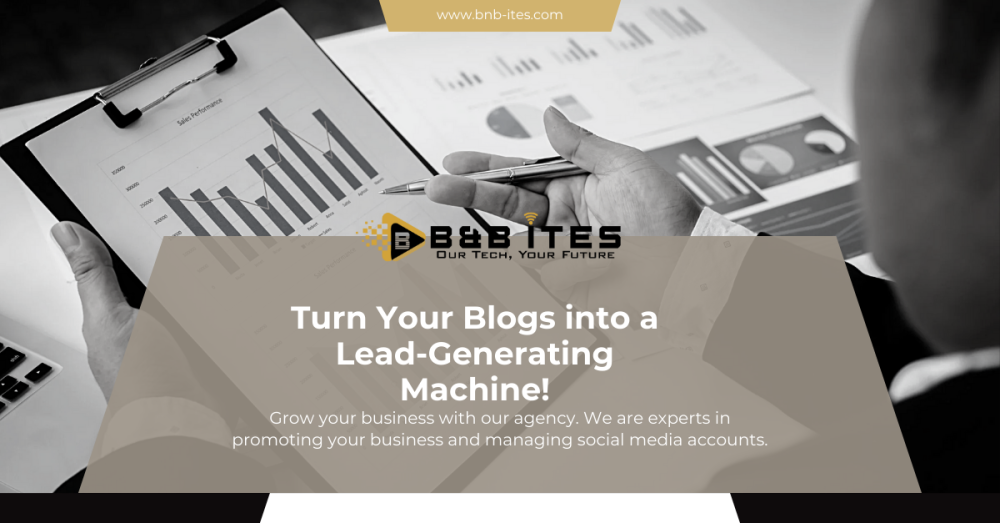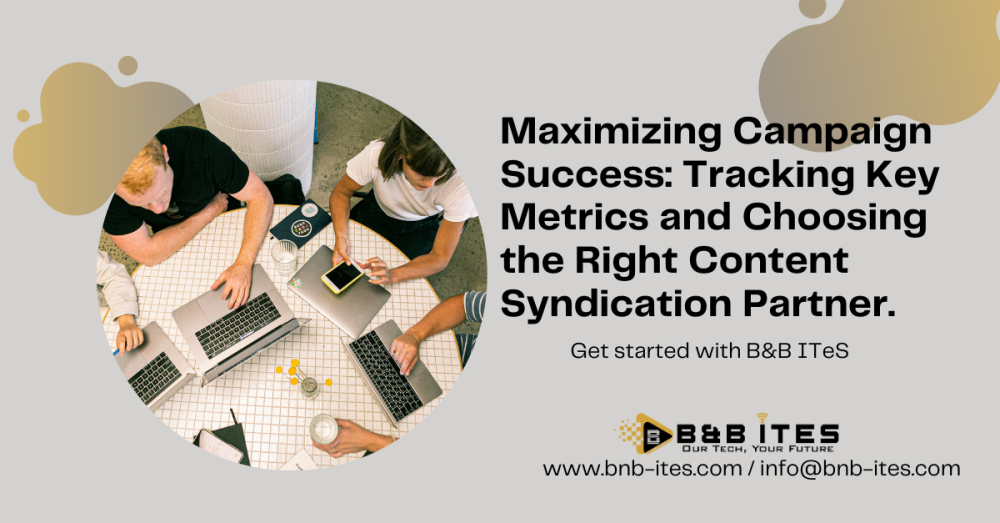How Does Buying Intent Influence Lead Scoring?

Incorporating buying intent into your lead scoring model is a game-changer for B2B sales. By accurately identifying and prioritizing leads with strong buying intent, you can enhance your sales efficiency, increase conversion rates, and drive better business outcomes. Embrace the power of buying intent and transform your lead scoring strategy to achieve greater success in your sales efforts.
In the dynamic world of B2B sales, understanding and leveraging buying intent is crucial for effective lead scoring. The concept of buying intent refers to the signals and behaviors that indicate a prospect’s readiness and willingness to purchase your product or service. By incorporating buying intent into your lead scoring model, you can prioritize leads more effectively, increase conversion rates, and drive sales success. In this blog, we’ll explore how buying intent influences lead scoring and why it’s essential for optimizing your sales strategy.
Understanding Buying Intent
Buying intent is the likelihood that a prospect will make a purchase within a certain timeframe. This intent is reflected through various actions and behaviors that indicate a prospect’s interest in your offerings. Examples include:
- Requesting a product demo or trial
- Downloading detailed product guides or whitepapers
- Engaging with sales representatives through inquiries
- Repeatedly visiting pricing or product pages on your website
- Participating in webinars or events related to your product
These actions suggest that the prospect is actively considering a purchase, making them high-priority leads for your sales team.
Integrating Buying Intent into Lead Scoring
To effectively integrate buying intent into your lead scoring model, follow these key steps:
1. Identify Key Indicators of Buying Intent
Start by identifying the actions and behaviors that signify strong buying intent in your industry. These indicators can vary depending on your product, target market, and sales process. Common indicators include:
- High engagement with sales content (e.g., product demos, pricing inquiries)
- Frequent visits to specific pages on your website (e.g., product pages, case studies)
- Active participation in your marketing activities (e.g., webinars, events)
2. Assign Appropriate Weights to Each Indicator
Not all indicators of buying intent carry the same weight. For instance, requesting a product demo might be a stronger indicator of intent than downloading a whitepaper. Assign higher scores to actions that demonstrate a more immediate and explicit interest in purchasing.
3. Use Behavioral Data
Collect and analyze behavioral data to track prospects’ interactions with your brand. Use marketing automation tools and CRM systems to gather insights on how leads are engaging with your content and sales activities. This data is crucial for accurately assessing buying intent.
4. Combine Intent Data with Demographic and Firmographic Information
While buying intent is a powerful predictor of lead quality, it should be considered alongside demographic and firmographic information. A lead’s position in the company, industry, and company size can also influence their potential value. Combining these data points will give you a holistic view of each lead’s potential.
5. Regularly Review and Update Your Scoring Model
Buying intent signals can evolve over time, and so should your lead scoring model. Regularly review and adjust your model to ensure it accurately reflects the latest trends and behaviors that indicate buying intent. This ensures that your scoring remains relevant and effective.
Benefits of Incorporating Buying Intent into Lead Scoring
1. Enhanced Lead Prioritization
By focusing on leads with strong buying intent, your sales team can prioritize their efforts on prospects who are more likely to convert. This reduces wasted effort on low-intent leads and increases overall sales efficiency.
2. Higher Conversion Rates
Leads with high buying intent are more likely to make a purchase. By identifying and targeting these leads, you can increase your conversion rates and achieve better sales outcomes.
3. Improved Sales and Marketing Alignment
Integrating buying intent into your lead scoring model fosters better alignment between sales and marketing teams. Both teams can work together more effectively to identify, nurture, and close high-intent leads.
4. More Accurate Forecasting
Understanding buying intent allows for more accurate sales forecasting. By focusing on leads that are ready to buy, you can better predict future sales and plan your resources accordingly.
5. Increased ROI
Prioritizing high-intent leads ensures that your sales and marketing resources are used efficiently. This leads to a higher return on investment (ROI) and contributes to sustainable business growth.
Conclusion
Contact us to know more about optimizing your lead scoring model and leveraging buying intent to boost your sales performance.
www.bnb-ites.com , info@bnb-ites.com , +91 91688 77229











